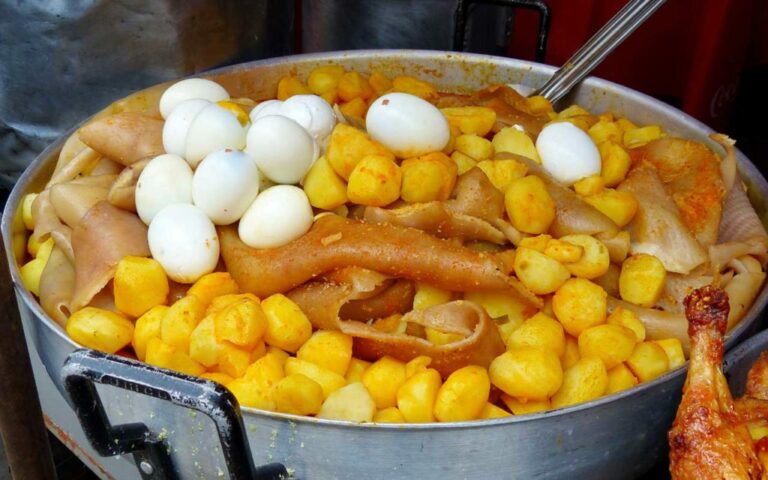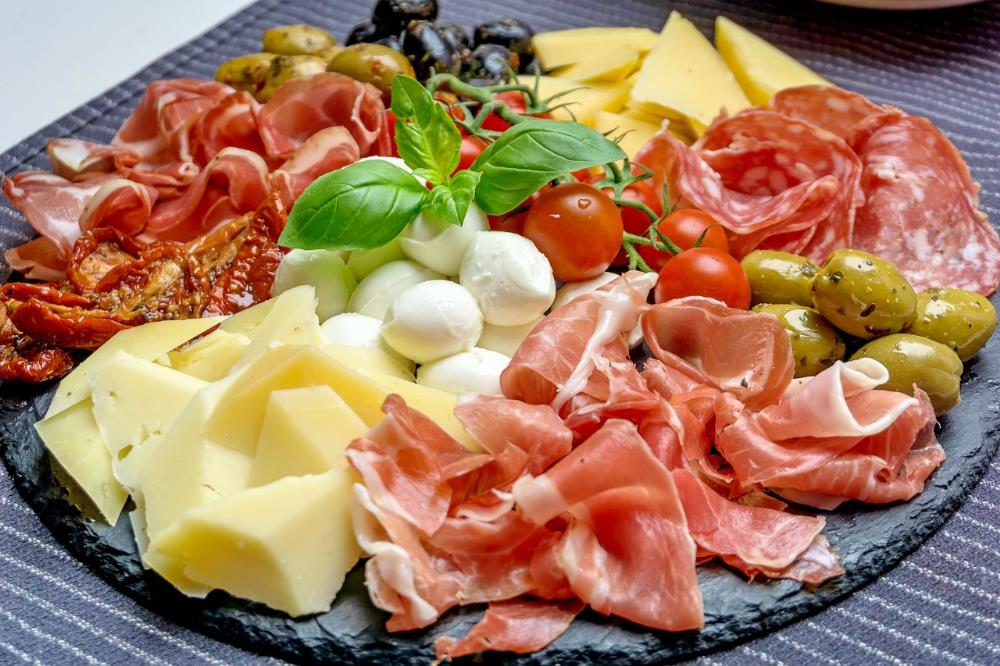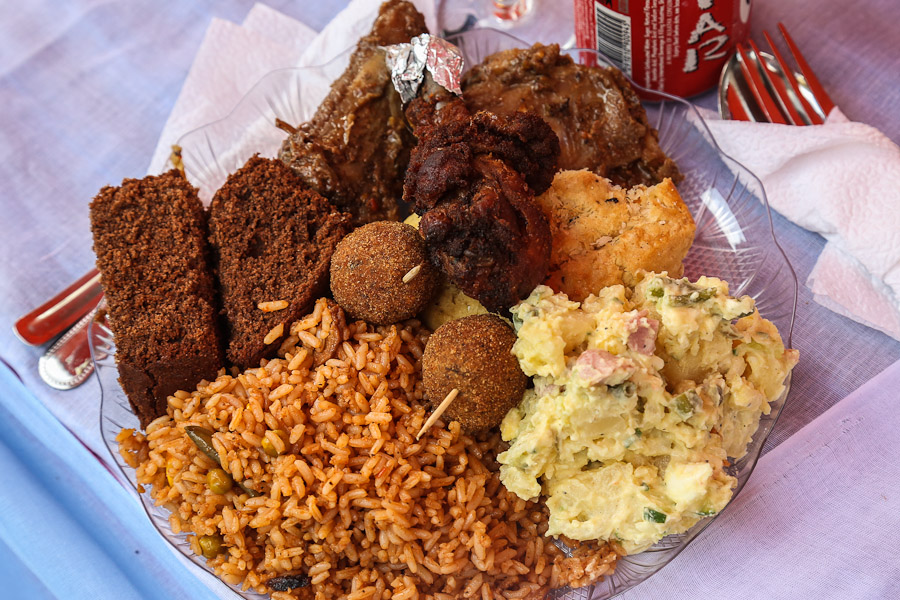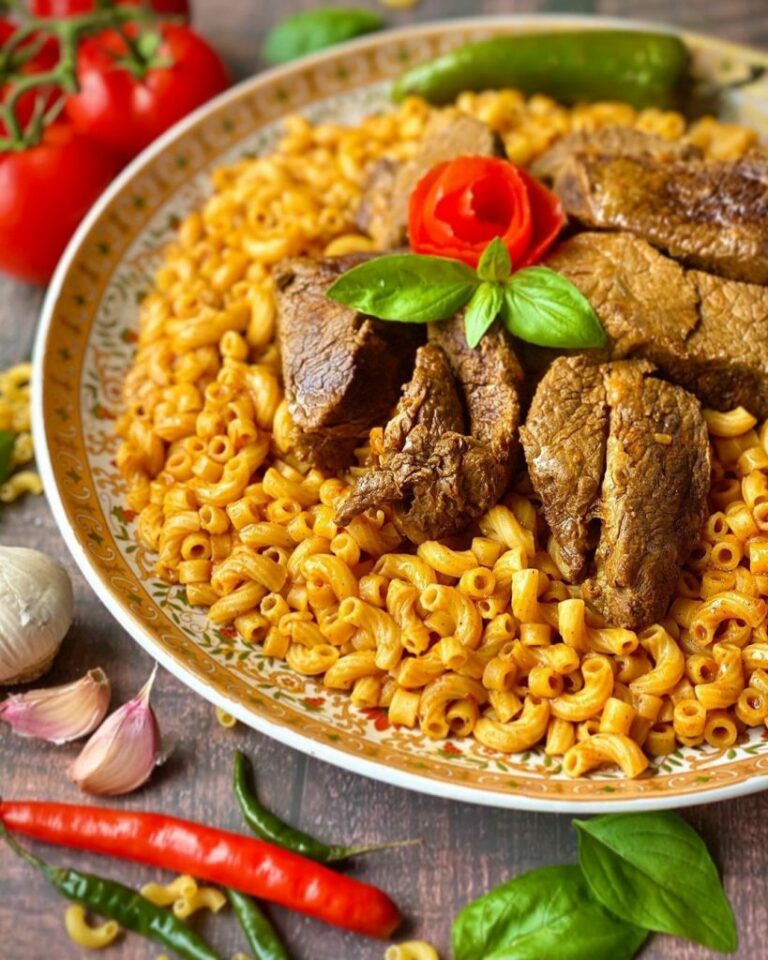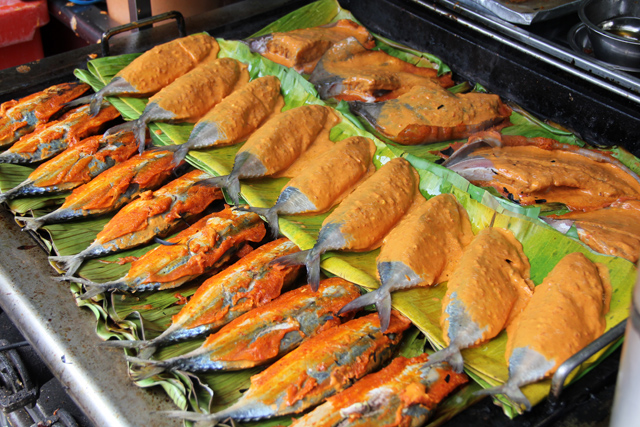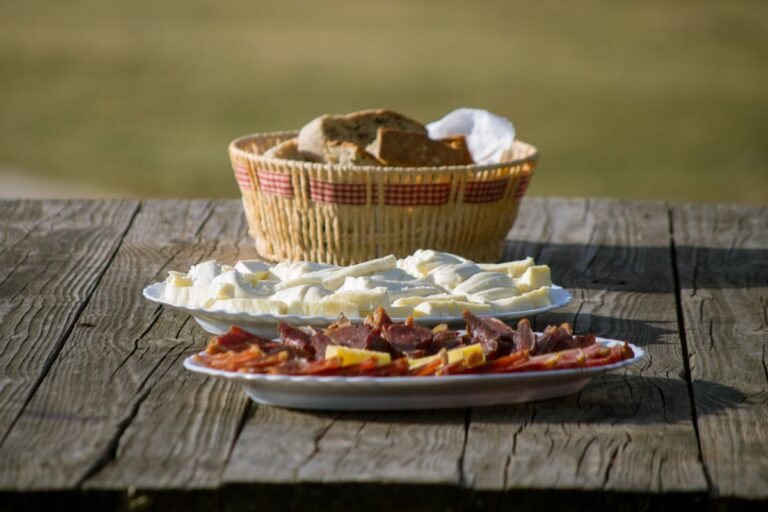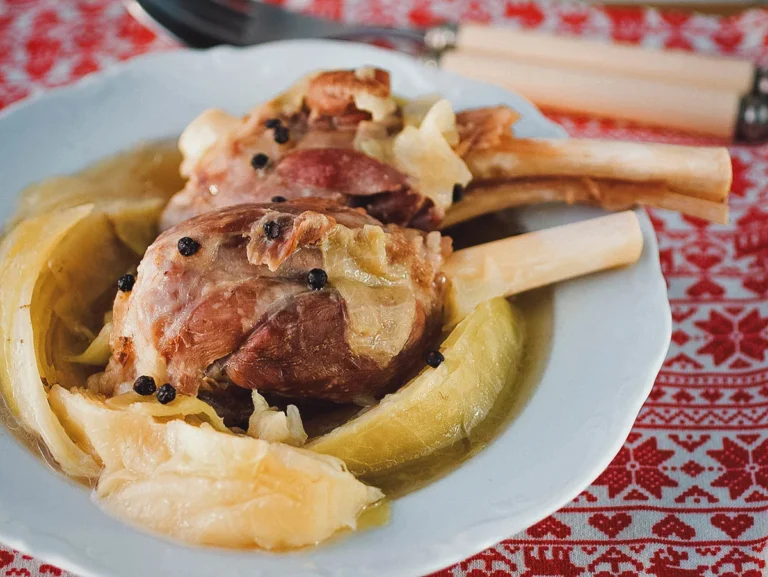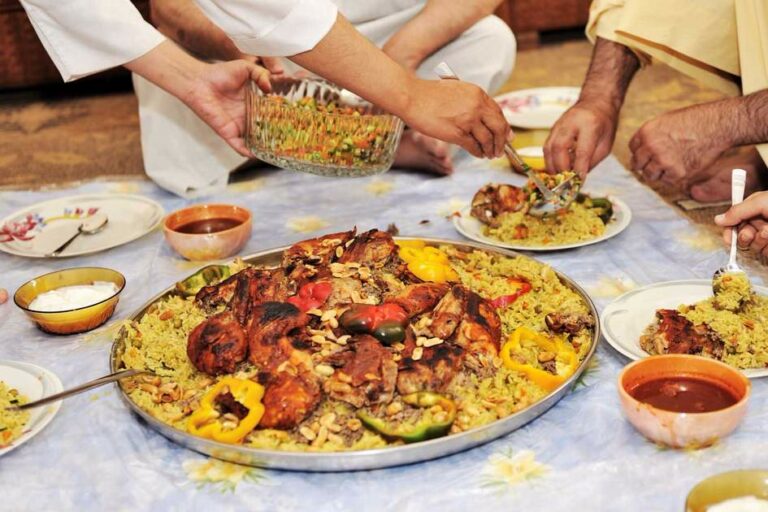Introduction: Coastal Culinary Delights of Ecuador
Ecuador is a country that offers a wide variety of culinary delights to its visitors. Among its regions, the coastal region stands out for its delicious seafood, exotic fruits, and traditional dishes. The cuisine of the coastal region of Ecuador is a blend of indigenous and Spanish influences. The region’s cuisine is famous for its flavorful dishes that are enjoyed by locals and tourists alike.
Ecuadorian Coastal Cuisine: An Overview
The cuisine of the coastal region of Ecuador is diverse, and seafood is the highlight of its cuisine. The region boasts of a wide variety of seafood, including shrimp, crab, octopus, squid, and fish. The region is also known for its exotic fruits, including mangoes, passion fruit, and guavas. The cuisine is a mix of indigenous and Spanish influences, and the dishes are a reflection of the region’s history, culture, and traditions.
Seafood Extravaganza: Coastal Specialties
The coastal region of Ecuador is renowned for its seafood. The region’s proximity to the Pacific Ocean makes it an ideal place to enjoy fresh and delicious seafood. The region’s seafood specialties include ceviche, encebollado, and churrasco. The seafood is prepared in a variety of ways, including grilling, frying, and boiling. The dishes are served with a variety of sides, including rice, plantains, and vegetables.
Traditional Dishes of the Coastal Regions
The coastal region of Ecuador is known for its traditional dishes, which are a mix of indigenous and Spanish influences. The dishes are prepared with fresh and flavorful ingredients, and they reflect the region’s history, culture, and traditions. Some of the traditional dishes of the coastal region include encocado de pescado, arroz con menestra y carne asada, and cazuela de mariscos.
Encebollado: The National Dish of the Coast
Encebollado is a traditional dish of the coastal region of Ecuador, and it is considered the national dish of the coast. The dish is made with fish, onions, yucca, and spices. The dish is typically served with popcorn or chifles, which are fried plantain chips. Encebollado is a hearty and flavorful dish that is perfect for a cold day.
Ceviche: A Popular Coastal Delicacy
Ceviche is a popular dish in the coastal region of Ecuador. The dish is made with raw seafood, which is marinated in citrus juice and spices. The dish is typically served with onions, tomatoes, and cilantro. Ceviche is a refreshing and flavorful dish that is perfect for a hot day.
Churrasco: A Meat Lover’s Paradise
Churrasco is a traditional dish of the coastal region of Ecuador that is loved by meat lovers. The dish is made with grilled beef, which is marinated in a mixture of spices. The dish is typically served with rice, beans, and plantains. Churrasco is a hearty and flavorful dish that is perfect for a filling meal.
Plantains and More: Coastal Tastes and Flavors
The coastal region of Ecuador is known for its exotic fruits and vegetables. The region’s cuisine is rich in plantains, yucca, and corn. The dishes are prepared with a variety of spices, including cumin, coriander, and achiote. The dishes are flavorful and delicious, and they reflect the region’s history, culture, and traditions.

